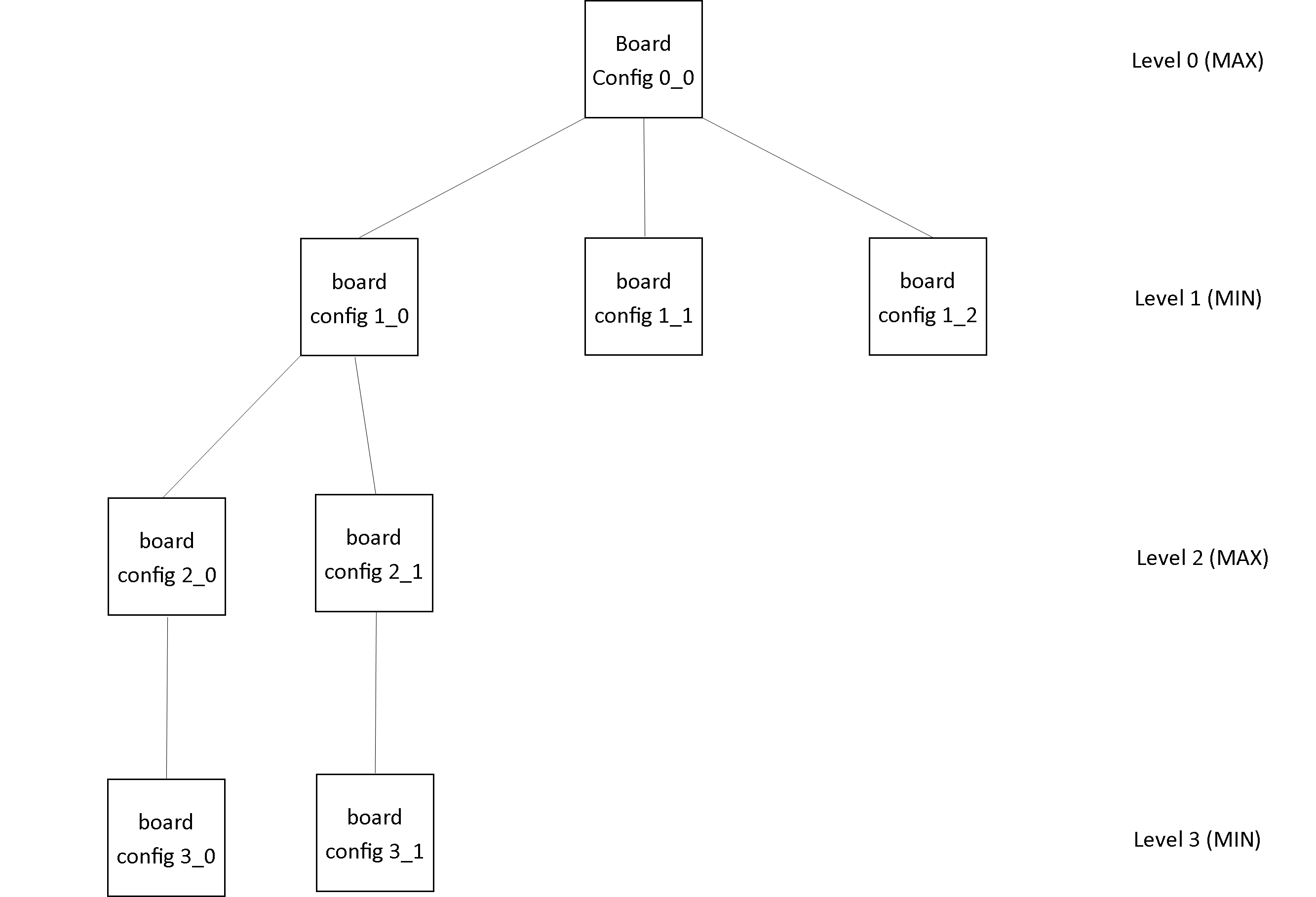Pseudocode For Noughts And Crosses Game
Posted : adminOn 6/21/2018If we wanted to for a challenge it was suggested to us to try and make a noughts and crosses game. Noughts and Crosses/Tic Tac Toe game winning algorithm not working. Please note that the noughts and crosses applet may not work in all browsers due to browser bugs. If you have problems it may help to update your browser (and Java. Tic tac toe/nought and crosses. Here's the pseudocode I came up. I have never seen people try to put two symbols in the same square at noughts and crosses.
HI chaps I am trying to build a simple tic tac toe application. Authorize Auz Ableton Live 9. The exercise, taken from deitel and deitel book goes: Create a TicTacToe that will enable you to write a program to play Tic-Tac-Toe.
The class contains a private 3-by-3 2 dimensional arrays. Use an enumeration to represent the values in each square of the array.

The enumeration's constants should be named X, 0 and EMPTY (for a position that doesn't contain an X or 0). The constructor should initialize the board elements to EMPTY. Allow 2 human players. Wherever the first player moves place an X in the specified square amd place an 0 wherever the second player moves. Each move must be to an empty square.
Bt Mini Receiver Driver Windows 10. After each move, determine whether the game has been won and whether it's a draw. I think go back a few stages.
If you are asking things like where the array should go, you have not yet got any design for anything. Start by writing down how you play the game, and describing the board and ◯ (= u25ef) ✕ (= u2715) or similar. Obviously you would put the values into an array.
You cannot use a 2D array because there is no such thing; you would use an array of arrays. Your pseudocode is good as far as it goes, but you need to refine it a lot. Things like check for winners need much more detail before you can actually create any code. You may wish to leave out checking whether the chosen square is empty until later. I have never seen people try to put two symbols in the same square at noughts and crosses. Consider a few classes, Player and Game and Board spring to mind as possible classes.
Consider what each of them does. As you do so, you will get ideas about where to put things like the ◯✕ or any arrays. You are not using enumerations but enumerated types, which you can read about in lots of place, probably best starting in the. I think it is a good idea to use a three‑element enum, with EMPTY or similar as a value. Then you can fill your array with EMPTYs when you start and avoid the risk of running into nulls. Ok, I will follow your advice, let's scrapt eh pseudo code for now. I have drawn a few boards and had a go.
So, the idea is that I will have a 3x3 array of array, so as said something like board[3][3] and the user will input the rows and columns board[row][column] to determine the position where the X or O will go. When a X or O is inserted in the square, depending of the position, I have to check the horizontal, vertical and diagonal row to see whether the tree-in-a-row is achieved. Road Blocks 2 more. The user input has to be between 1 and 3 to which I will subtract 1 to get the correct index array: for example if the user inputs 2 for row and 1 for column I will have 2 and 0 (incidentally I could have a function that subtracts 1 to the user input) so board[2][0] will be the square where a X or O is positioned.
To check whether somebody has won I have to run a series of checks: horizontally (forward and back), vertically (top to bottom and bottom to top) and diagonally (top to bottom, bottom to top) for board[2][0] I will check horizontally (assuming also board[2][1] has the same symbol) adding 1 to the column so board[2][1 + 1]. If board[2][2] has the same symbol as the other 2 board[2][1] and board[2][0] then the game is won. If not we continue our checks.